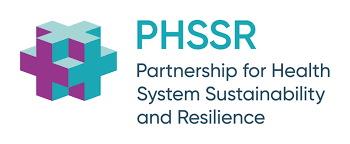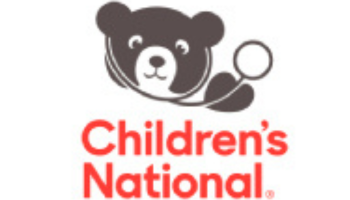A person who had contact with Texas dairy cattle infected with bird flu has contracted the illness, the U.S. Centers for Disease Control confirmed.
The agency said Monday it had performed testing over the weekend after the person was tested for flu. They only reported experiencing eye inflammation. They are being treated with oseltamivir, the generic version of prescription antiviral Tamiflu, while recovering in isolation.
The infected person works on a dairy farm and had direct exposure to cattle.
Cattle in five states have become infected with bird flu in recent weeks, with other cases pending.
It’s the second confirmed case of this particular strain of the highly contagious virus being transmitted to a person. In 2022, a Colorado man who had direct exposure to live poultry became the first.
However, the CDC, the U.S. Food and Drug Administration and the U.S. Department of Agriculture said the general risk of human infection remains low.
“While cases among humans in direct contact with infected animals are possible, this indicates that the current risk to the public remains low,” the agencies said in a news release.
Testing has found the cattle likely contracted the illness from wild birds. However, the animals have been recovering in isolation “with little to no associated mortality reported.”
Milk from infected animals is being destroyed so as not to enter the food supply. However, “pasteurization has continually proven to inactivate bacteria and viruses, like influenza, in milk,” the agencies added.
Raw milk remains potentially risky for consumers, but the FDA said there was no evidence of raw milk products from infected cows entering the interstate commerce system.
“Milk loss resulting from symptomatic cattle to date is too limited to have a major impact on supply and there should be no impact on the price of milk or other dairy products. Further, the U.S. typically has a more than sufficient milk supply in the spring months due to seasonally higher production.”
The agencies said they are coordinating with the dairy industry as well as state agencies to monitor any further spread of illnesses among cattle.




































